Ukraine’s Shock Will Last for Generations
Photographs of how two years of war transformed a society
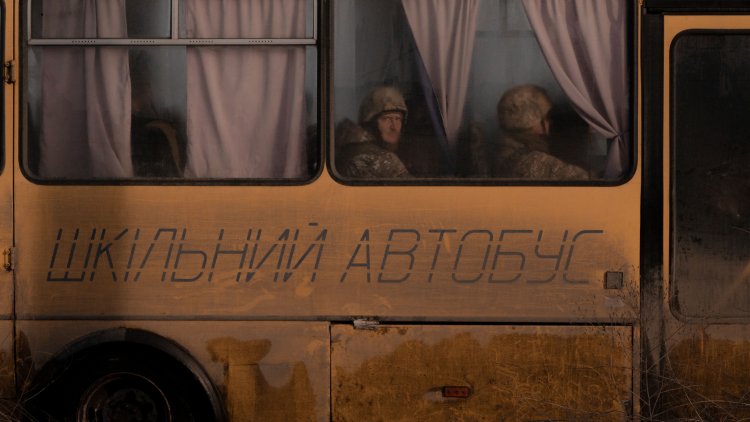
Introduction by Anne Applebaum
The Kremlin planned to take Kyiv in three days, the rest of Ukraine in six weeks. As Russian troops poured across the border on February 24, 2022, one Russian columnist declared early victory. “Ukraine,” he wrote, “will no longer exist.” Instead, Kyiv was not taken, the column was retracted, and, two years later, Ukraine still exists. The 24 months of fighting have nevertheless exacted an extraordinary toll on Ukrainians, creating a physical and psychological shock that will last for generations. Ordinary landscapes have become extraordinary. Cities have been pockmarked by war damage, villages reduced to rubble, wide areas of the countryside depopulated. Ordinary life has changed too. Ukrainians have reorganized their lives, fled their homes, learned to live with deep insecurity, and been forced to make extraordinary choices. Words that people took for granted in the past, or never thought much about—bravery, cowardice, patriotism—have acquired new significance. Look at these photographs with an eye to that history: They are an attempt to capture in images a transformation that sometimes defies description.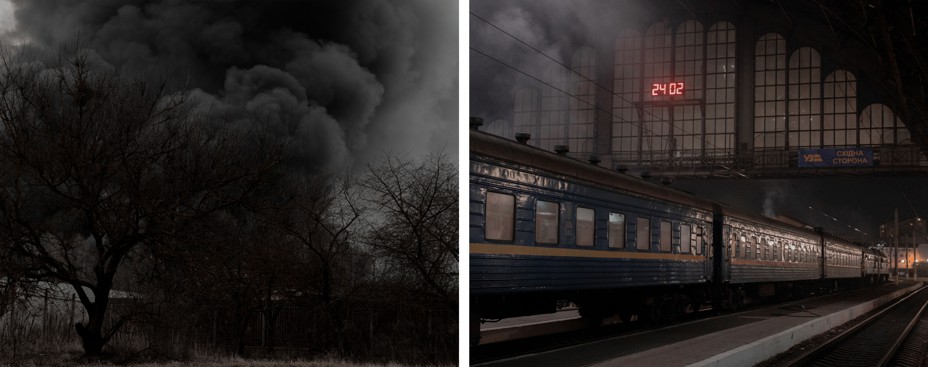
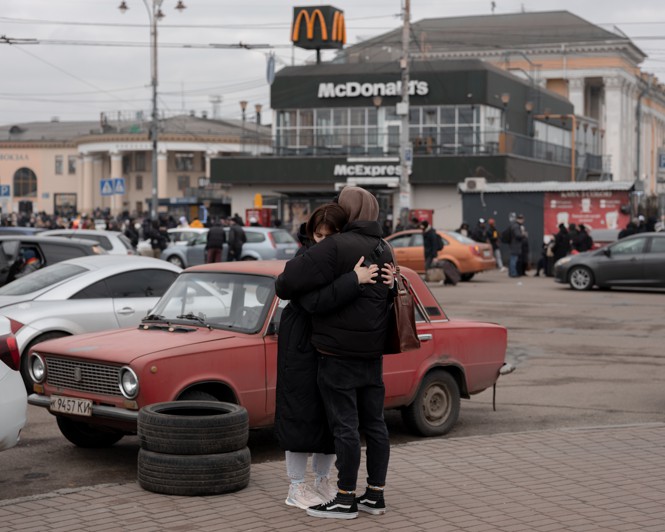
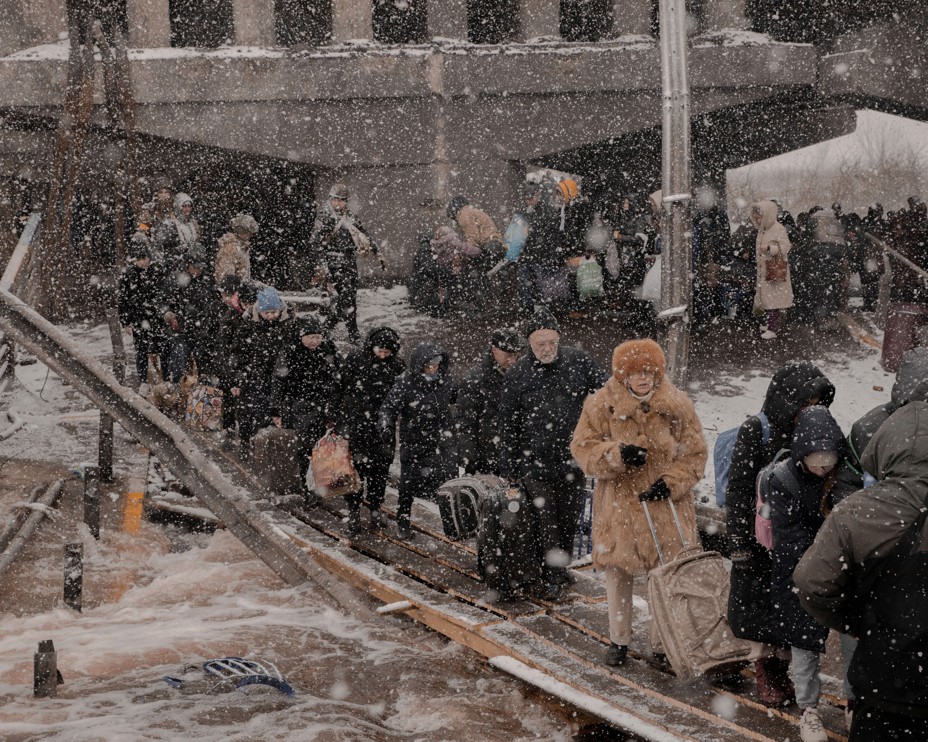



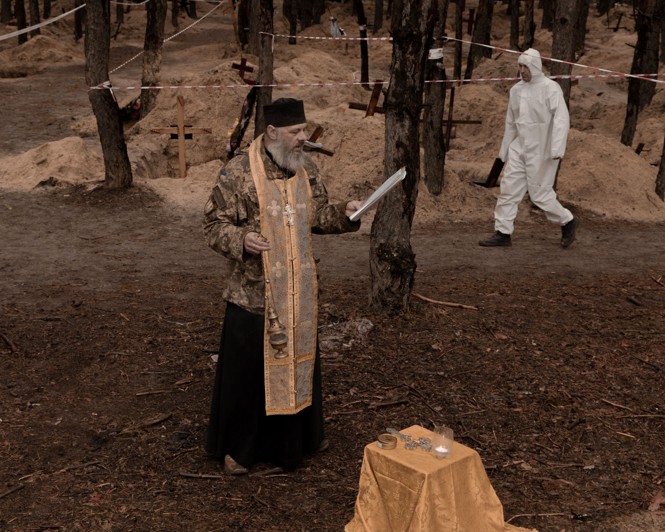
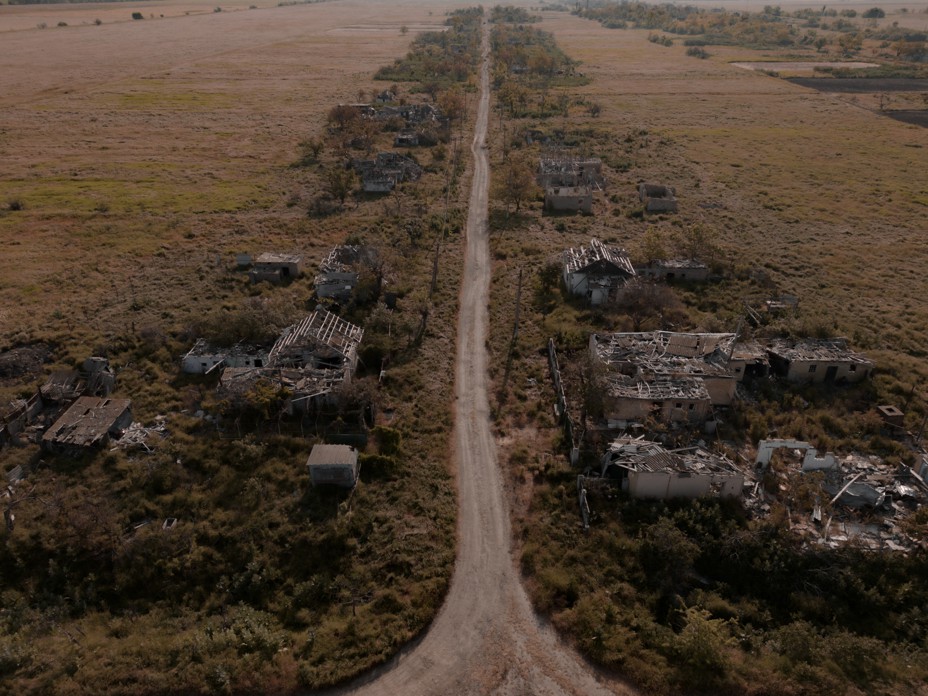
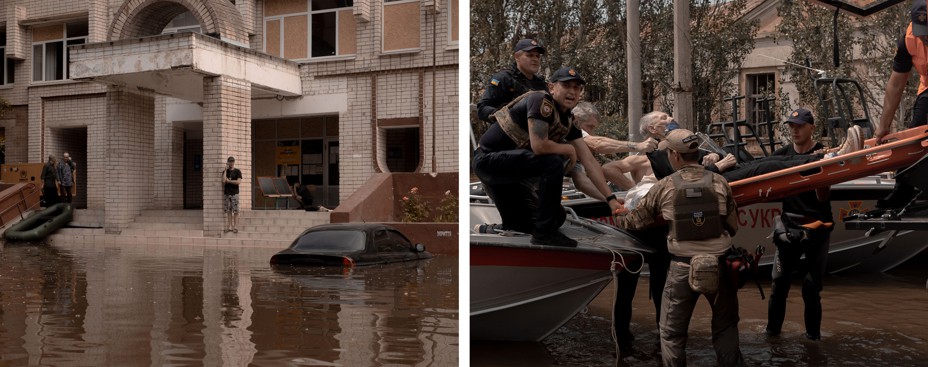

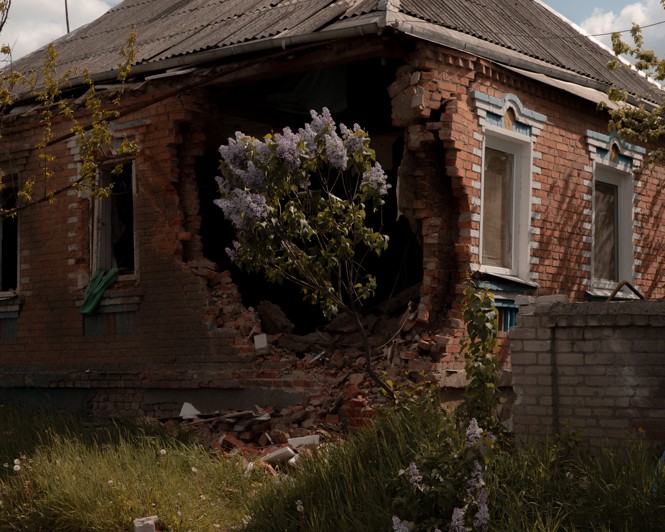
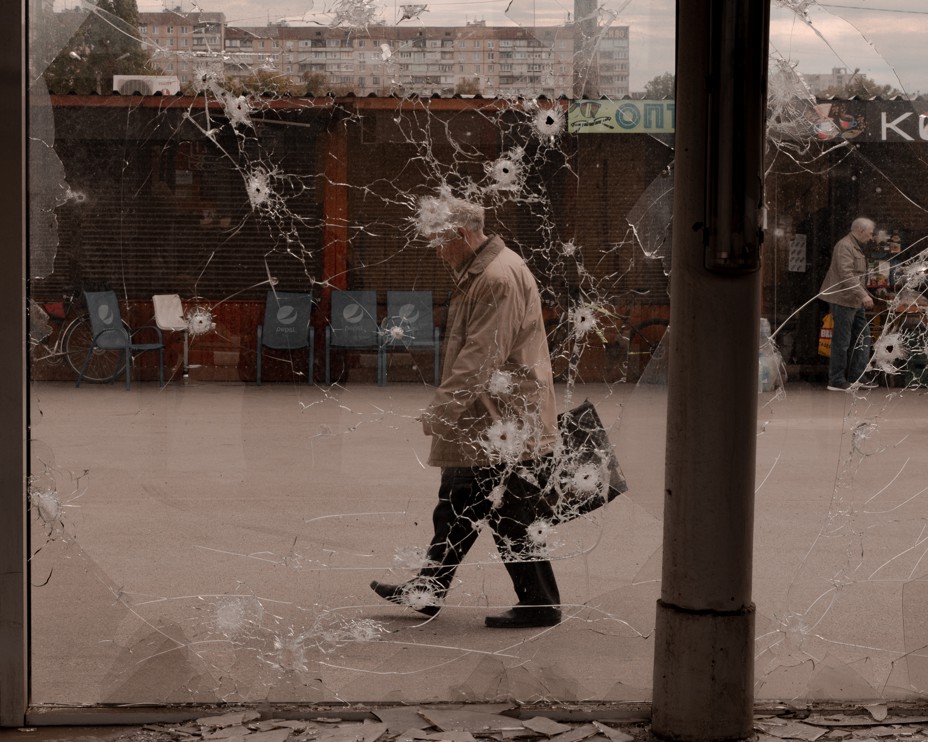
What's Your Reaction?




















